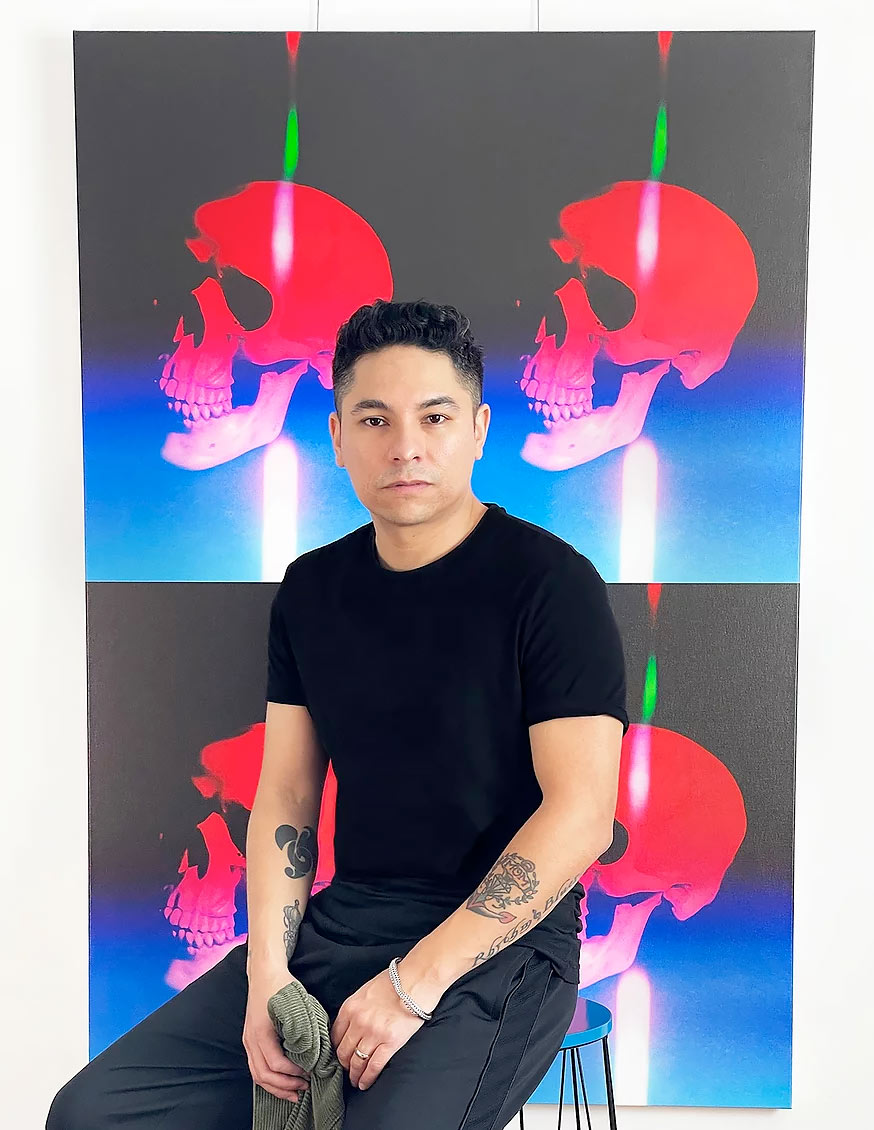Castro Frank is a Los Angeles based visual artist who has translated his personal experiences of growing up in the San Fernando Valley into a signature journalistic and candid approach to photography. Through captured moments that reveal the overlooked details of everyday life, to double exposures that force a viewer to question their perceptions, and now diving into the realm of abstraction to evoke deep seeded emotions, Castro's work defies the limitations of the photographic medium. Even his portraiture takes on a new life by not only capturing the raw essence of his subjects but the vitality of the city they inhabit. As a growing multidisciplinary artist, incorporating painting and other mediums into his work, Castro continually discovers new ways to envelope the viewer in the experiences encapsulated within his work.
Castro's work has been exhibited in numerous solo and group exhibitions across California with institutions including South Grand, Rvcc Gallery, Communion Gallery, and Embed Gallery. The popularity of his work led to commissions from musicians as well as television networks utilizing his work in their stage design. His work has also been featured in large public installations and charity campaigns with nonprofit organizations, such as INCLUSIVACTION, to benefit the Los Angeles community. Additionally, works by Castro is featured in the Jumex Museum's founder, Eugenio Lopez's, private collection. His work received praise in prominent publications such as The Huffington Post and Los Angeles Times.
Castro's work continues to evolve into new mediums, methods, and subjects. Through the development of his practice, he is excited to find new ways to capture the everyday. As he journeys on to create astounding imagery he hopes that his work will inspire youth to pursue their dreams.
Exclusive Interview with Castro Frank